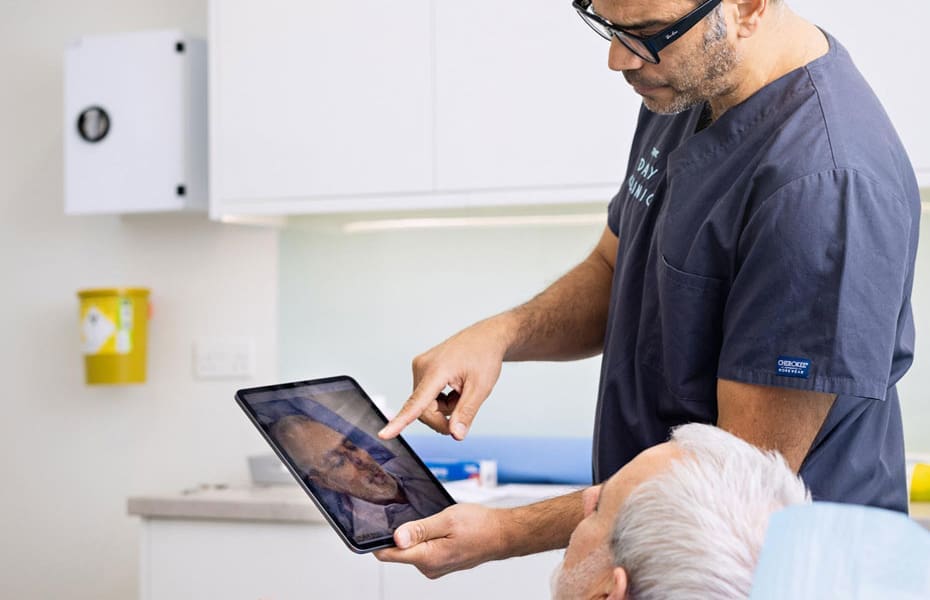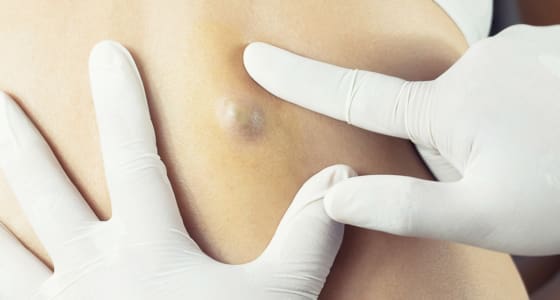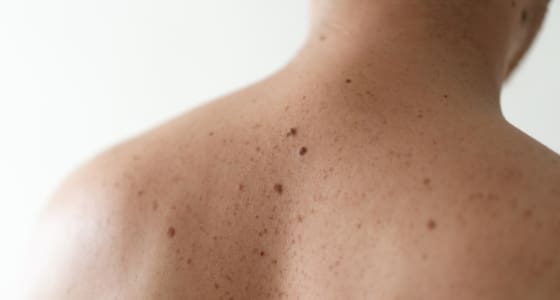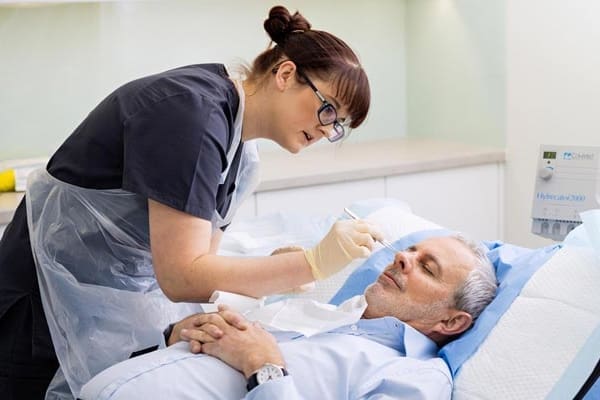Lipomas are usually harmless, but they can grow quite large and are unlikely to disappear on their own. Lipomas are very common, with around one in 100 people developing them at some stage during their lives. It’s not unusual to find more than one lipoma and there are some rare genetic conditions where several are present, known as ‘familial multiple lipomatosis’.
They commonly appear on the forehead, neck, shoulders, arms, chest, buttocks, back and thighs. They have a rubbery consistency and the whole tissue growth can be moved beneath the skin. Lipomas are not usually painful, but it’s advisable to consult a skin expert if you suspect you have one. Many people choose to remove lipomas for cosmetic or practical reasons as they may be in a prominent location, or cause discomfort.
Lipomas can be mistaken for cysts but there are some important differences:
- Cysts are normally found close to the surface of the skin, whereas lipomas are usually located much deeper.
- Cysts can become inflamed resulting in a red, painful and swollen appearance, unlike lipomas.
- Lipomas are soft and dough-like and can be moved around under the skin, unlike cysts which are usually firm to the touch.
During the consultation the growth will be examined by one of our consultant dermatologists and/or plastic surgeons to confirm that it is a lipoma. They will assess its size, shape, consistency, and mobility. They may also check for signs of infection or any other abnormalities.
Lipomas are typically removed through surgical excision, though in some rare cases liposuction may be appropriate. Your consultant will discuss the available treatment options and explain the benefits, risks and expected outcomes for each. They will be happy to answer any questions or concerns you may have before you decide on a treatment plan.
If suitable, you may decide to combine the consultation with the procedure as a ‘see and treat’ which means the procedure will happen straight after the consultation. This can be more convenient and cost effective for patients. You can discuss this option at the time of booking.








